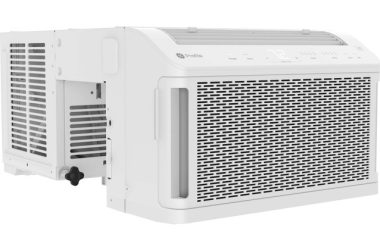A team of scientists at the University of Maryland, including Liangbing Hu, and Teng Li created a battery made of wood fibers and tin, which they said is more environmentally sound as well as more economical than conventional lithium-ion batteries.
[yframe url=’http://www.youtube.com/watch?feature=player_embedded&v=Htkm6cw94x8′]
They said that the project was inspired by the fact that the wood fibers that comprise trees once held mineral-rich water, and batteries need such a material which is capable of storing their liquid electrolyte material.
These are basically sodium-ion batteries made of a thin piece of wood coated with tin. As most batteries are constructed with a brittle base, they fracture or break while cycling (charging and discharging).
Pushing sodium ions through tin anodes often weaken the tins connection to its base material, said Li, an associate professor in the Department of Mechanical Engineering and a member of the Maryland Nanocenter. But the wood fibers are soft enough to serve as a mechanical buffer, and thus can accommodate tins changes. This is the key to our long-lasting sodium-ion batteries.
Apart from that, sodium is a very abundant material.
After hundreds of charges and discharges, the wood remained intact, but was wrinkled. It is better wrinkled than broken!
The wrinkles actually relax the stress in the battery during cycling, which means that these batteries may be able to last a long time. They were able to last more than 400 cycles so far.
Lead-acid batteries last 500-800 cycles. Hopefully these wooden batteries exceed that so they can back up and increase the value (not cost) of solar and wind power by making them available on-demand. This project was not developed for electric vehicles, which require lightweight batteries.
See the links placed throughout this article to learn about how those things work. They’re not just tags!
Source: University of Maryland




